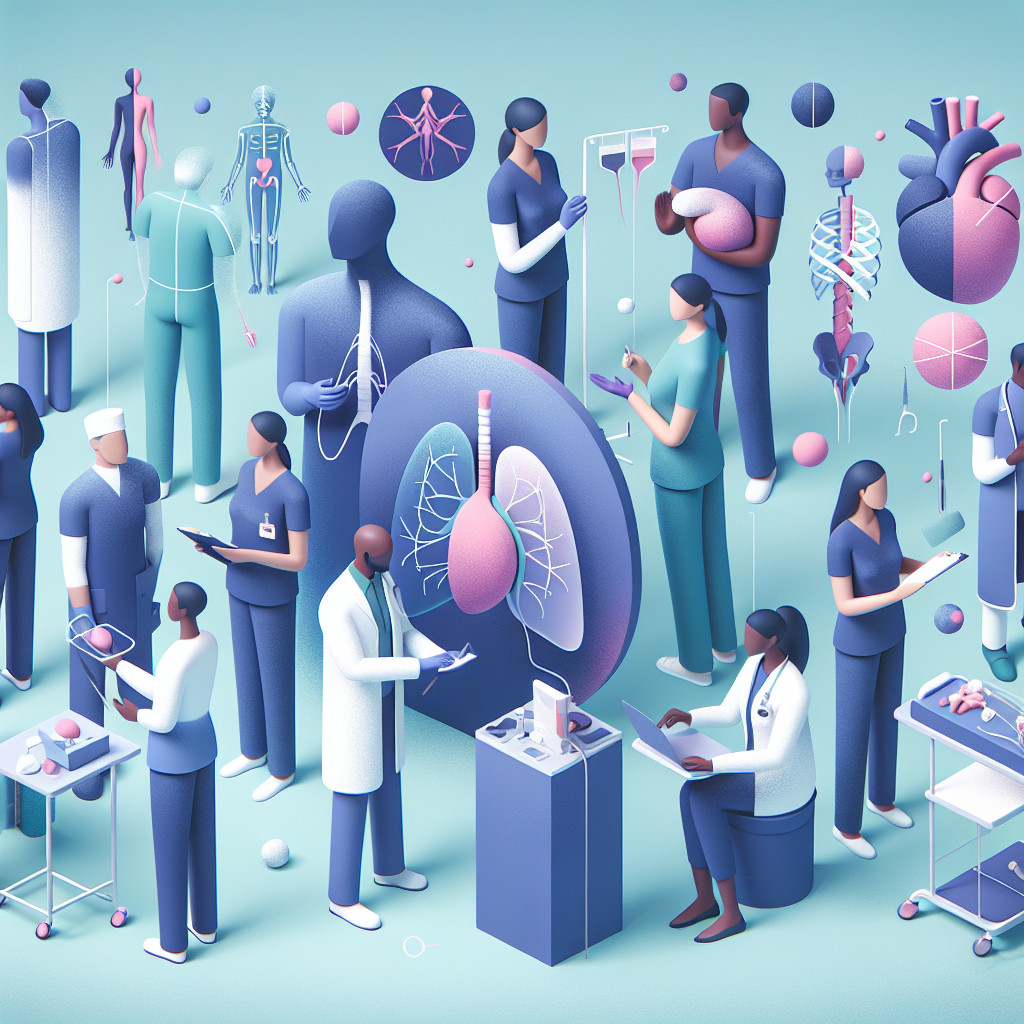5 Warning Signs Your Blood Vessels Are in Trouble

Overview
Our blood vessels play a crucial role in keeping our bodies healthy. They transport blood, nutrients, and oxygen to every corner of our system. When these vessels encounter problems, it can lead to serious health issues. Being aware of the warning signs that your blood vessels may be in trouble is essential for maintaining your overall health.
One of the first signs to watch for is leg pain or cramping, particularly during physical activity. This discomfort, often referred to as claudication, can occur when your blood vessels are narrowed or blocked, limiting blood flow to your legs. If you find yourself needing to stop and rest due to pain, it’s worth discussing with a healthcare professional. While not every case indicates a severe problem, it’s always better to be safe and informed.
Another red flag is swelling in your legs or feet. This swelling, known as edema, can happen when blood flow is compromised, causing fluid to build up in your tissues. If you notice persistent swelling, especially if it’s accompanied by pain or changes in skin color, it’s a good idea to consult a clinician. They can help you understand the underlying causes and the best next steps.
Numbness or tingling in your extremities can also signal vascular issues. This sensation may indicate that blood isn’t flowing as it should, which can lead to more serious complications over time. If you experience these symptoms regularly, especially if they come with coldness in your hands or feet, don’t hesitate to reach out to a healthcare provider. They can help determine if there’s an underlying issue that needs attention.
Another warning sign is the appearance of varicose veins or spider veins. These swollen, twisted veins can be more than just a cosmetic concern. They can indicate poor circulation or other vascular issues. While many people have them without any serious problems, it’s worth having a conversation with a clinician if you notice new or worsening veins. They can provide insight into whether treatment is necessary and what options are available.
Finally, you might want to pay attention to any skin changes, such as ulcers or sores that don’t heal properly. Healthy blood flow is essential for healing, and when it’s impaired, even minor injuries can turn serious. If you have a sore or ulcer that lingers, especially on your legs or feet, it’s crucial to get it checked out. Early intervention can help prevent complications and promote healing.
When it comes to addressing concerns about blood vessel health, many people wonder about the benefits and limitations of available treatments. Lifestyle changes can often enhance vascular health, such as regular exercise, a balanced diet, and quitting smoking. These steps can improve circulation and overall well-being. However, some individuals may require medical interventions. Procedures like angioplasty or bypass surgery can restore blood flow, but they come with risks and recovery considerations. It’s essential to weigh these options with your healthcare provider.
Recovery from any vascular procedure varies depending on the individual and the specific treatment. Some people may return to normal activities relatively quickly, while others might need more time to heal. During recovery, it’s essential to follow your clinician’s advice regarding activity levels and any rehabilitation programs. Knowing what to expect can help ease your mind and make the process smoother.
Cost and access are common concerns for those seeking treatment for vascular issues. Prices can vary widely based on the type of treatment, your health insurance coverage, and where you live. It’s always a good idea to discuss costs with your healthcare provider and your insurance company. They can help you understand what your options are and what financial assistance might be available.
Many people also have questions about the signs of vascular problems. For instance, they may wonder if certain symptoms are normal or if they should be concerned. While some discomfort can be common, persistent or worsening symptoms should never be ignored. Regular check-ups with your clinician can help catch potential issues early on.
Another frequent question involves the relationship between lifestyle choices and vascular health. While genetics play a role, habits such as diet, exercise, and smoking significantly impact your vascular system. Making healthier choices can lead to better blood vessel function and reduce your risk of complications.
Ultimately, the key to maintaining healthy blood vessels lies in being aware of your body and its signals. If you notice any of the warning signs mentioned, don’t hesitate to reach out to a healthcare professional. They can help you understand what you’re experiencing and guide you toward the best course of action. Taking proactive steps today can lead to a healthier tomorrow, ensuring that your blood vessels are working efficiently for years to come.